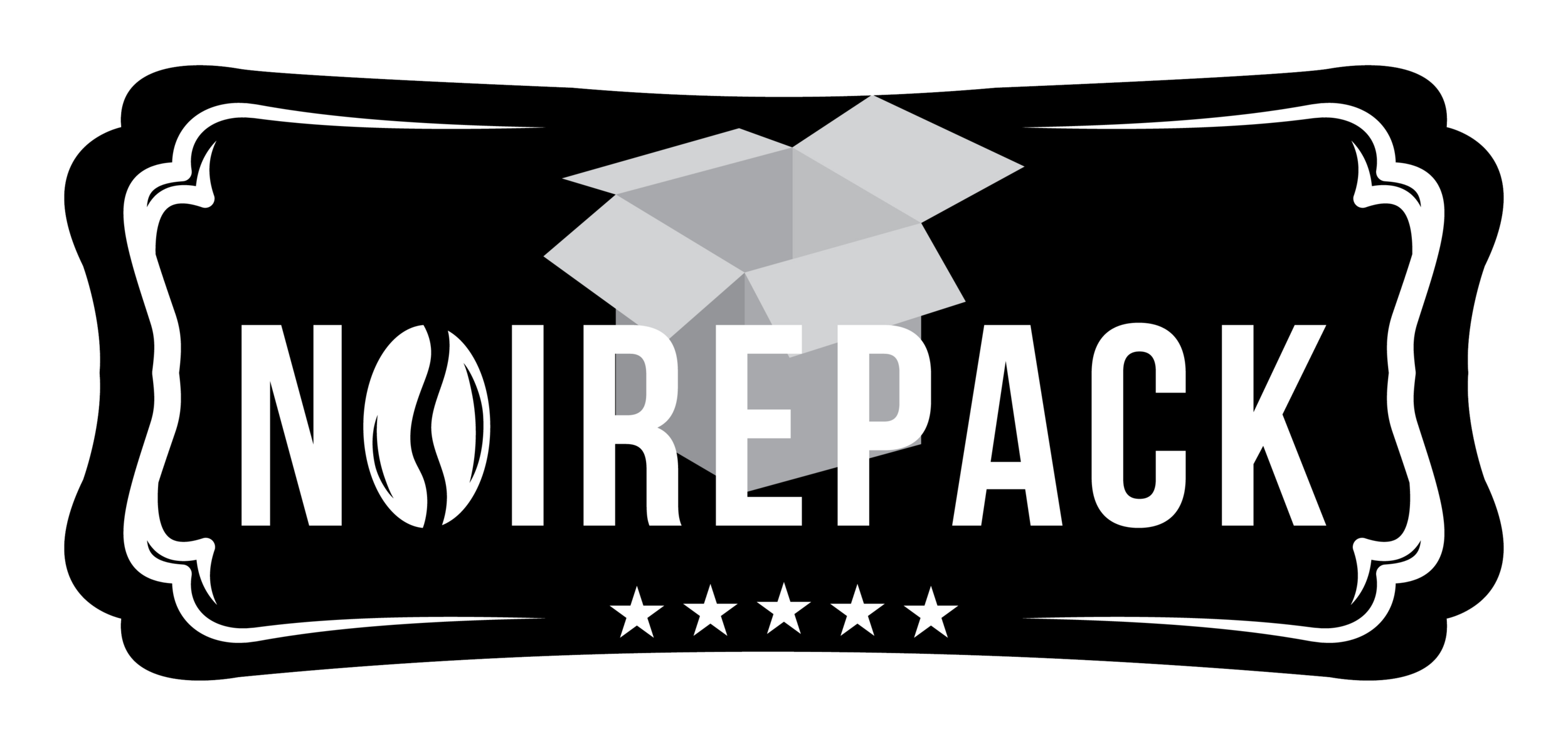BOON BOONA
What is Boon Boona?
If you hail from East Africa or have visited this part of the ancient world, you know the meaning of these two words. "Boon" and "Boona" mean "coffee" in the Tigrinya and Ahrimanic Semitic languages, respectively -languages spoken in the coffee-producing nations of Eritrea and Ethiopia. At one point in history, they formed the Kush empire, including Sudan.
Boon Boona
"Boon" and "Boona" mean "coffee" in the Tigrinya and Ahrimanic Semitic languages
Boona is the best yet most versatile drink around the globe. Nowadays, there are boon brands pretty much everywhere. From small-town cafes to big coffee chains, boon is one of the most influential beverages. It is high in nutrients and helps in improving health. It is best to develop metabolism and give you more substantial energy—many drink boon, including yours, are part of our daily routine. Boona gives you a solid start to the day and gives long-lasting full-day energy.
Either enjoy it with friends or family or take your partner on a romantic date. It is going to save you every time!
But let's go back to its origin. Boona originates from the motherland, specifically ancient Kush modern-day Ethiopia, one of the most ancient kingdoms of Nubia, conquered Egypt in eighth-century BC during the reign of Piye and ruled the country as its 25th Dynasty (to be replaced a century later by the native Egyptian 26th Dynasty).
There's so much information on Nubia that we could devote months dissecting this history an entire semester at Penn State on this subject. But let me provide you with a quick blink on this massive empire. Nubia was the epicenter of Africa's earliest kingdoms, including the kingdom of Kush-situated on the confluences of the Blue Nile, White Nile, and River Atbara modern-day Sudan.
Nubia is known for its rich deposits of gold and as the gateway through which luxury products like incense, ivory, and ebony traveled from their source in sub-Saharan Africa to Egypt and the Mediterranean civilizations.
Archers of exceptional skill provided military strength for Nubian rulers. Kings of Nubia ultimately conquered and ruled Egypt for about a century.
In modern Egypt and Sudan, monuments still stand at the sites where Nubian rulers built cities, temples, and royal pyramids.
The profound legacy of Kush and other Nubian civilizations has been historically ignored and even denied until relatively recently. In the early 20th century, American and European archaeologists distorted, misinterpreted, and dismissed evidence that indigenous Africans developed Nubia's complex culture and stunning architecture, instead attributing these features to Egypt and an unknown "light-skinned race." Nevertheless, there is hope, especially with the many advances in information, the youth is becoming more "Woke" and gradually better at discerning what is fake and what is real. According to the word, "Can the Ethiopian change his skin or the leopard his spots? Then also, you can do good who are accustomed to do evil" Jeremiah 13:23 better yet, as the great poet and writer Chinua Achebe once said, "Until the lions have their own historians the history of the hunt will always glorify the hunter."


Sorry, I digress. Let's return to the topic of boona. It is undisputed that the coffee plant is from Ethiopia. All coffee plants trace their export to Ethiopia (or "Abyssinia"), where there are many more types of coffee than Arabica or Robusta (which together make up 99% of traded coffee). The familiar types of coffee have more significant variation from region to region, where the original types of coffee vary from place to place. Like grapes and wine, there are many types of boon, each with a unique difference in flavor.
Ethiopian coffees are unique in that there are several methods to growing the unique local varieties. Instead of solely growing coffee in plantations, coffee is grown as Forest Coffee, Simi-Forest Coffee, Garden Coffee, and Plantation Coffee. Forest boon is wildly grown, self-seeded, and only selectively bred to be disease resistant. Forest coffee retains Ethiopia's diverse coffee heritage by allowing the coffee to grow under forest trees. Forest Coffee is known for its intense aromas and quality flavors.
Best boon in the world
There are different boona regions in Ethiopia from Harar, Limu, Jimma to Yirgacheffe- a premium boona from a very high country (2000m+) with fine acidity, excellent mocha flavor, and aroma.
There are different boona regions in Ethiopia from Harar, Limu, Jimma to Yirgacheffe- a premium boona from a very high country (2000m+) with fine acidity, excellent mocha flavor, and aroma.
At NoirePack, we've partnered with Boon Boona Coffee, and we offer an unbelievable coffee from the Bensa district in Sidamo. "Dur Feres" is a coffee from multiple smallholder coffee producers from several sister washing stations. The region of Sidamo produces a particularly round cup of coffee with balanced acidity, mocha flavor, and traditional sweet quality sought by roasters worldwide.
In 2022, we will expand our collection of Ethiopian coffees with, Ethiopia Adado a coffee grown in Gedeo Zone, Yirgachefe. Be on the lookout. Till next time, follow us on our next journey as we continue to unveil more history of the "Black Gold."


